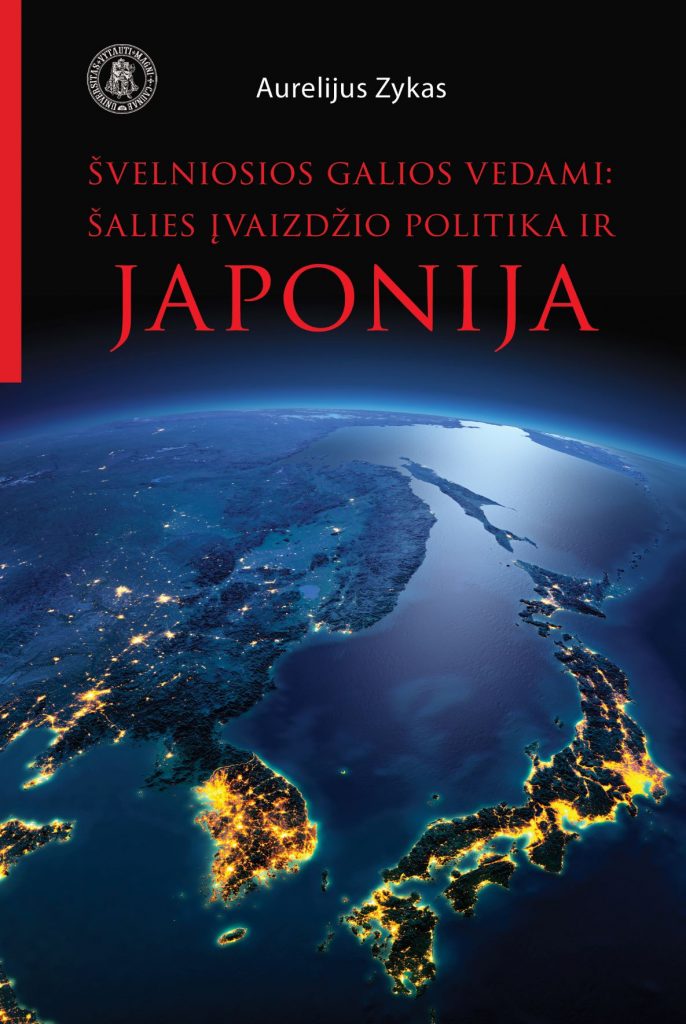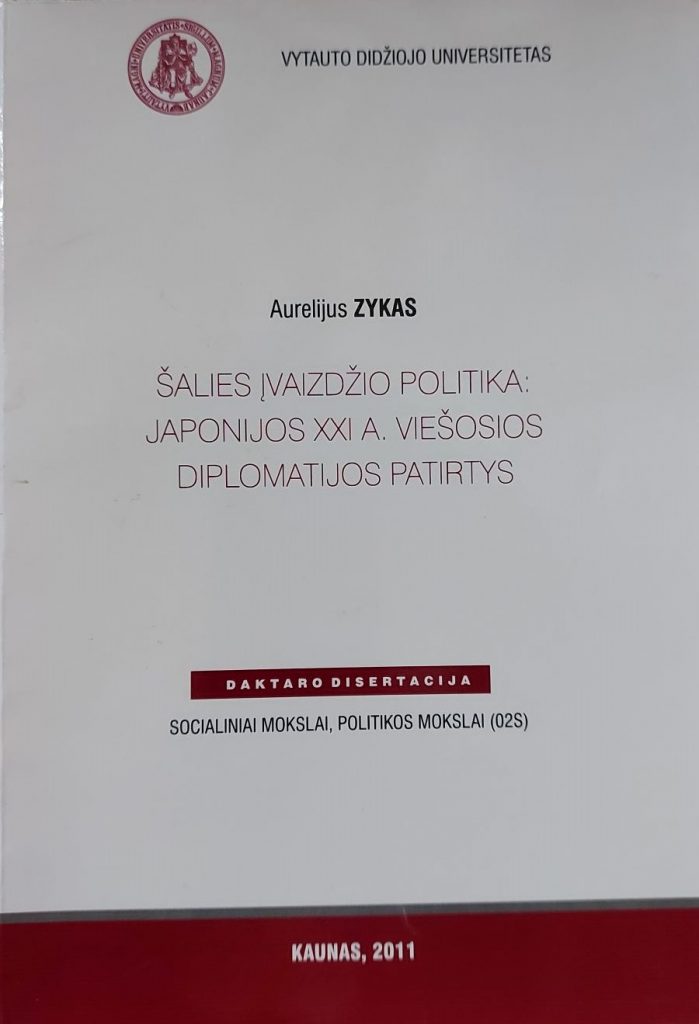Welcome to the personal page of Aurelijus Zykas.

In my life, I am a kind of fatalist, believing that what needs to happen will happen under the right circumstances at the right time and in the right place. However, whatever happens, you simply need to make an effort to do your best in every situation.
While our statuses and positions constantly change through our lives, here are a few words how I define myself:
First of all, I call myself an interpreter. Because the endless mission of my life is to be between different countries, cultures, values and languages, and to help them understand each other. I have dedicated decades of my life to work on it. So suddenly for myself, in 2022 I became an Ambassador of the Republic of Lithuania to Japan.
I feel the mission to learn and teach. In 2001, I graduated studies in art history at Vytautas Magnus University; later, during my master’s degree, I dealt with theories and practices of public communication in order to become a journalist. Finally, in 2011 I defended my doctoral dissertation in the field of political science, researching Japanese public diplomacy. And all the time, while learning myself, I feel obliged to teach and share knowledge and experiences with others. So suddenly for myself, in 2015 I became an associate professor at the university.
Japan is the axis around which my life revolves for more than twenty-five years. 1996 I started learning Japanese, a language written in strange characters, on my own. Later, in 1998, I went to this country for the first time, and eventually it became a kind of my second homeland. I spent a lot of time in Japan: studying at Kanazawa and Waseda Universities, working at the Lithuanian Embassy in Tokyo, taking tourists to Japan, managing projects, or simply spending time with friends.
Sometimes I feel like a gardener. Of course, in my free time I do not miss the opportunity to cultivate the real garden, but generally speaking I cherish the passion to assimilate uncultivated areas in my life. Eleven years of work at Vytautas Magnus University’s Center for Asian Studies (2008-2019) while developing Asian studies in Kaunas, was a kind of trial to create a green oasis in the desert. It was like maintaining a green lush garden in a soil that would seem completely unsuitable: without history, tradition, and resources. And I believe our team succeeded, as the garden is green and continues to grow now.
Creativity is an important value for me. Metaphors make our lives more interesting. While my everyday life is full of bureaucratic procedures, calculations, and strict frameworks, I always like to enable my magic and mythic consciousness. This is reflected in my creative work – travel books about Japan and Taiwan.
I greatly value freedom, but none of us created anything alone. I need and like to be surrounded by like-minded people. Only together can we create a more exciting world. And I do this together with my colleagues by creating documentaries, websites, organizing events and doing other activities.
Traveling enriches us and allows us to look at the world and the surrounding environment in a different way. Besides, traveling taught me not to be attached. I travel not only through countries and geographical areas. I adore to travel using my imagination.
Awards
2020 „Santaka“ Order by Kaunas City Municipality for developing relationships of Kaunas with Japan;
2019 Order by the Minister of Foreign Affairs of Japan for developing Japanese studies in Lithuania;
2019 Silver medal by Vytautas Magnus University for academic achievements;
2017, 2018 Awarded as the best teacher of Vytautas Magnus University Faculty of Humanities;
2016 Certificate of Commendation of the Ambassador of Japan in Lithuania;

Contacts
Our physical presence in a particular place no longer makes sense in today’s world.
You can find me on several social networks. Feel free to contact me there or by sending a message right away.











